Should you wear underwear under cycling padded shorts?
A visible pantie line is a big no no for cyclists, but why is wearing underwear with your lycra a bad idea - is it vanity or hygiene?
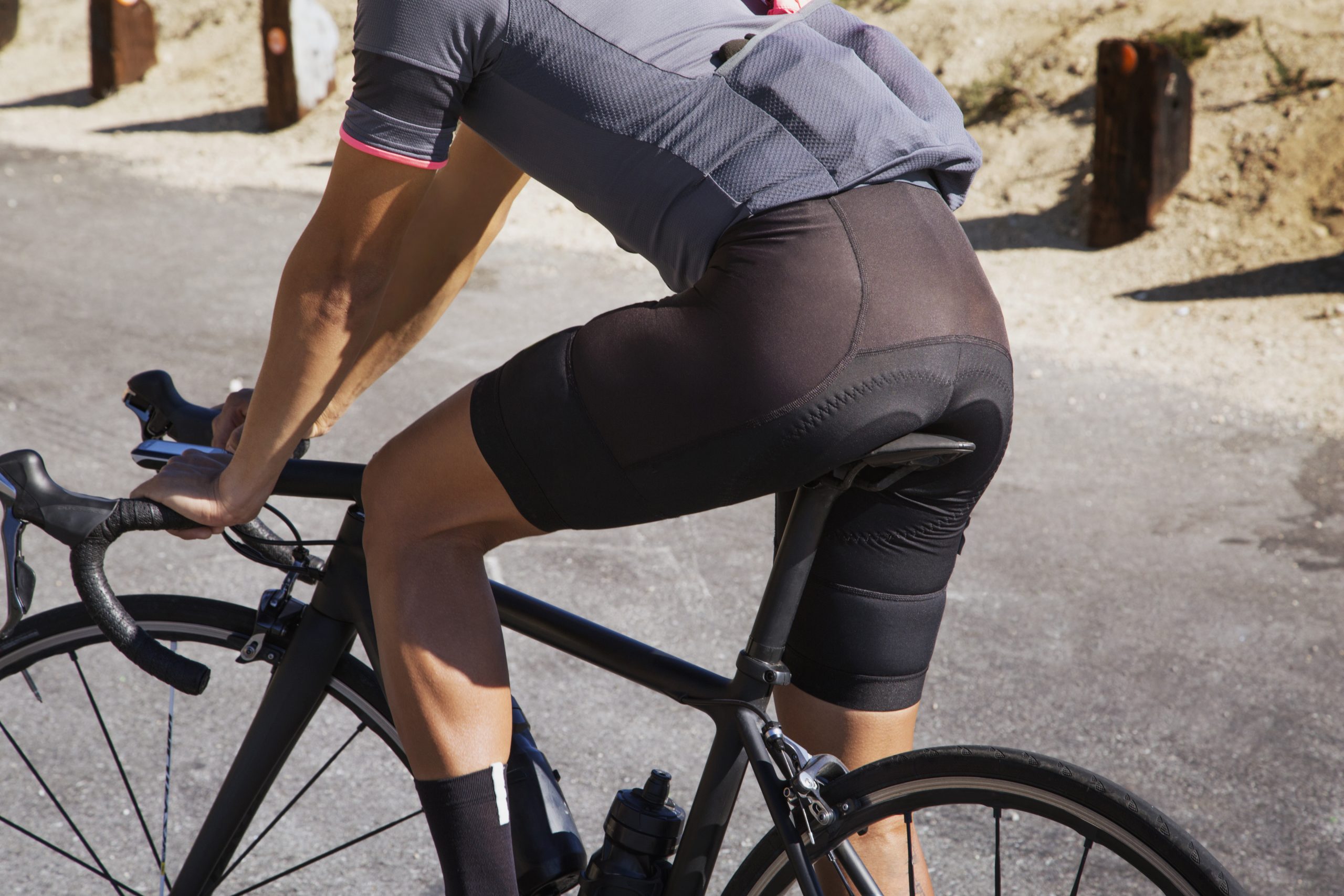
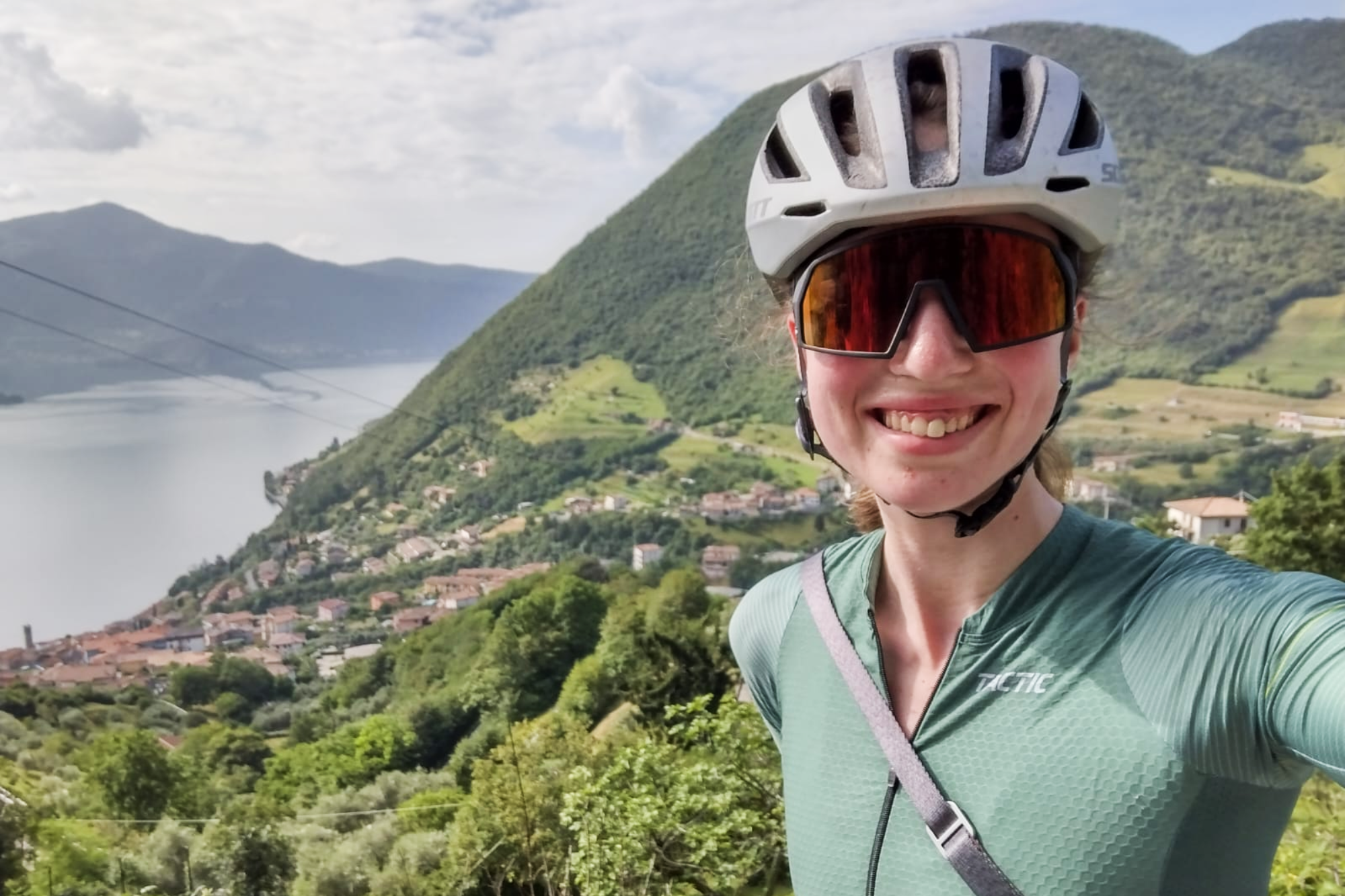
Riding in padded cycling shorts can help make hard miles on the saddle comfortable and fly by, but should you be wearing underwear beneath?
To the already initiated, the answer is an obvious no. But for those starting up in the sport only wearing lycra can make you feel somewhat naked.
Aesthetic and aerodynamic benefits aside, there are some very important hygienic and comfort reasons for why your underwear is best left in a drawer when heading off on the bike.
Why you shouldn’t wear underwear with cycling padded shorts

Cycling shorts come with a pad - also known as the chamois - to protect you by providing a layer of padding between your nether regions and the saddle.
The pad fitted in these shorts is specifically designed to wick sweat and moisture away from the body. It is also usually made of an anti-bacterial material to prevent the chance of developing a urinary tract infection. The seams of cycling shorts are carefully placed so as to minimise the chance of causing any hotspots or chafing.
Wearing underwear defeats the point of cycling shorts by inserting a layer of fabric between you and the purpose built shorts.
The material of underwear is not designed to be as quick wicking, meaning you will end up being in contact with wet and clammy material for the whole ride. This softens your skin, making it more susceptible to chafing and also provides the perfect breeding ground for the bacteria that cause saddle sores.
Get The Leadout Newsletter
The latest race content, interviews, features, reviews and expert buying guides, direct to your inbox!
>>> How to look after your chamois
Exacerbating the problems with chafing, the seams of ordinary underwear are not as well thought out as dedicated cycling shorts. This makes the chance of chafing significantly greater. With the material of underwear not being as stretchy as lycra, it won’t conform to your body to quite the same degree, this increasing the likelihood of bunching and further chafing.
But perhaps the most significant reason why you shouldn’t wear underwear beneath your cycling shorts is that you will end up with a VPL (Visible Pant Line), which is, of course, mortifying.
How to stay comfortable on a bike ride
Saddle sores are the uncomfortable by-product of riding your bike and, at worst, they can require medical intervention and antibiotics - so not something you should avoid addressing.
But by choosing the right pair of cycling shorts and saddle, together with a generous helping of chamois cream, going bare underneath can be a comfort haven.
Padded cycling shorts that fit
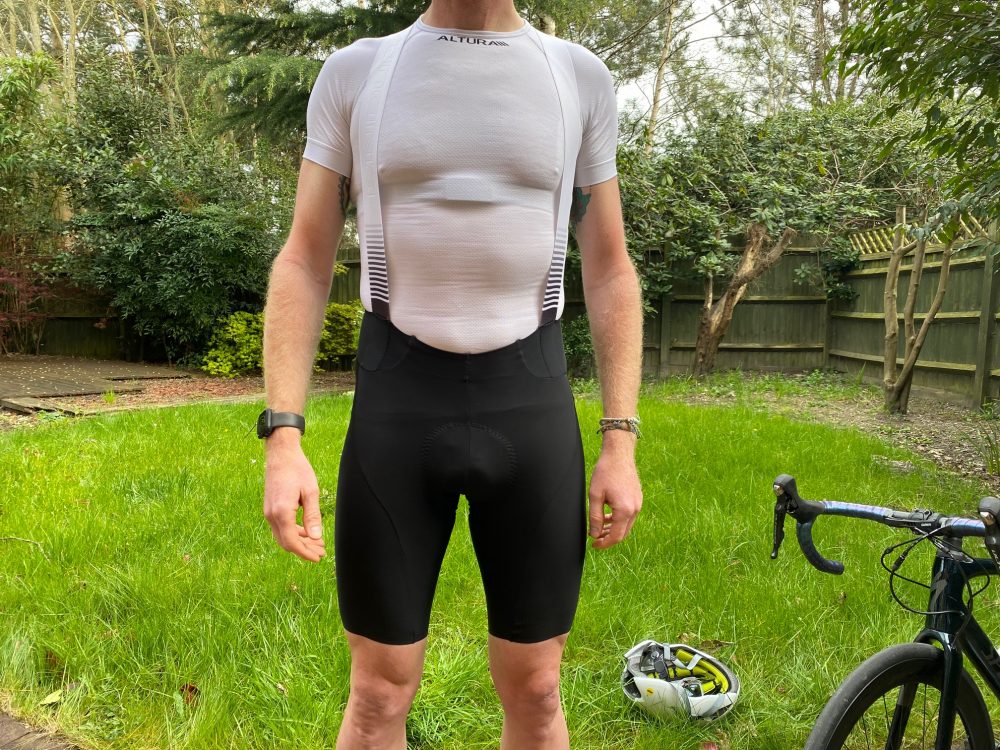
It is not enough to just wear padded cycling shorts without underwear - but it is important to have a set that offer a tight fit to the body and not feel baggy. Shorts that are too big will move round and cause chafing. But, on the other hand, shorts too small will dig in all the wrong ways.
With the obvious anatomical differences between men and women, it is necessary to choose gender specific cycling shorts to ensure they fit correctly.
Densities and thicknesses of chamois pads do vary to suit different riding styles, needs and preferences. If yours isn't helping to prevent sores, try another pair to find one you get along with.
Fresh shorts each ride

It is important to remember that as cycling shorts take the place of your underwear they should be washed after every outing, like you would with underwear. By not doing so, you risk infection.
In line with this, straight after a ride you should take off your cycling shorts and shower. Sitting around in your shorts for hours after a ride is a bad habit that should be avoided at all costs. Trust us, getting friendly with the bacteria multiplying in your shorts does not end well for you and your future bike rides.
Find your saddle soul-mate
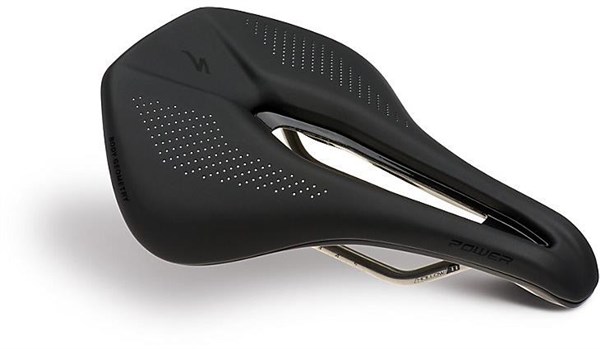
A major factor when it comes to cycling comfort is the saddle. People come in various different shapes and sizes, meaning there is no one saddle that will fit everyone. On the contrary, what fits one person perfectly may be an agonising implement of torture for another.
But it isn’t completely luck of the draw: being aware of some of the main design features of different saddles can help narrow your search and direct you down the right path to your perfect saddle.
>>> How to choose the right saddle for you
A cut out down the centre of a saddle can help relieve pressure in the nether regions and ensure that your weight is going through the sit bones rather than the soft tissue.
On that note, ensuring your saddle is the correct width has a huge effect on your comfort: too narrow and you're putting weight on the soft tissue again; too wide and you’ll be pedalling bow legged and chafing the inside of your upper thighs.
>>> How to set your saddle height
Saddle length varies greatly. A longer saddle provides plenty of positions, which is good if you like to move around a lot. For those that tend to stay in the same position, especially an aggressively aerodynamic position, a shorter saddle tends to be more comfortable.
Remember that voluminous cushioning is rarely the way to go about increasing saddle comfort. Cushioning should come from the padding of your shorts and the saddle is for ensuring your weight is being carried by the right part of your body.
Apply chamois cream
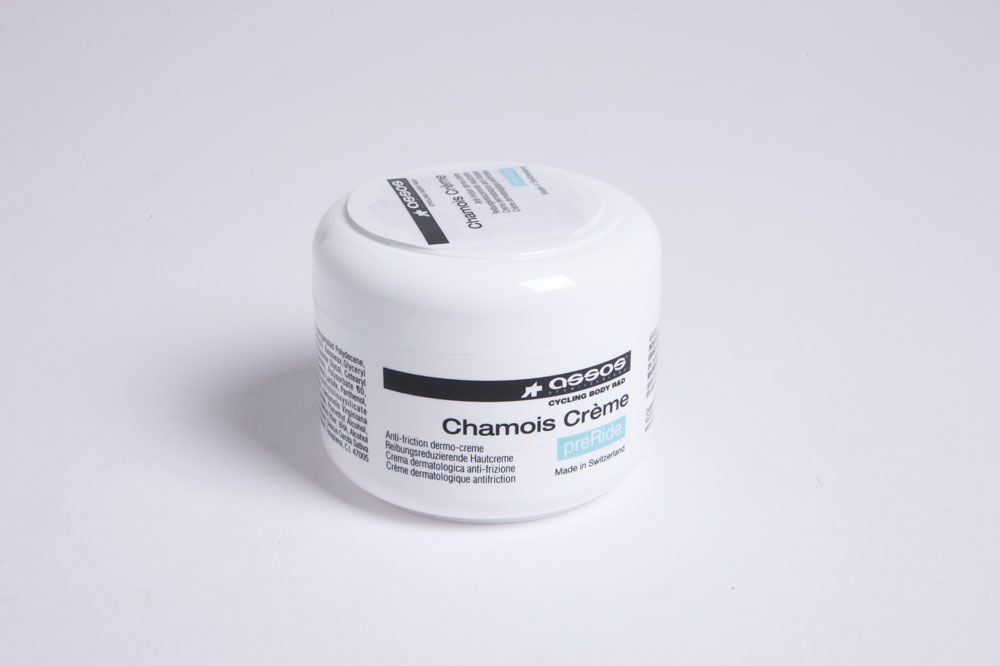
If you are still experiencing issues, chamois cream can be a useful aid. Chamois cream tackles saddle soreness on two fronts. Firstly, by lubricating the interface between you and your chamois, the chances of any chafing are minimised. Secondly, their anti-bacterial properties help to stop the build-up of the microbes that can cause saddle sores.
These creams traditionally come in tubs, but for those especially efficacious in their saddle-sore prevention, it is possible to get it in a tube to prevent double dipping. A tube is also useful for taking with you on a long bike ride for a mid-ride top up after a toliet break.

Thank you for reading 20 articles this month* Join now for unlimited access
Enjoy your first month for just £1 / $1 / €1
*Read 5 free articles per month without a subscription

Join now for unlimited access
Try first month for just £1 / $1 / €1

I’ve been hooked on bikes ever since the age of 12 and my first lap of the Hillingdon Cycle Circuit in the bright yellow kit of the Hillingdon Slipstreamers. For a time, my cycling life centred around racing road and track.
But that’s since broadened to include multiday two-wheeled, one-sleeping-bag adventures over whatever terrain I happen to meet - with a two-week bikepacking trip from Budapest into the mountains of Slovakia being just the latest.
I still enjoy lining up on a start line, though, racing the British Gravel Championships and finding myself on the podium at the enduro-style gravel event, Gritfest in 2022.
Height: 177cm
Weight: 60–63kg
-
 Aero bikes with gravel wheels?: Six tech insights from Paris-Roubaix Femmes
Aero bikes with gravel wheels?: Six tech insights from Paris-Roubaix FemmesEverything we found out about tyre widths, self-inflating systems, and wheel choices from the cobbled Monument
By Tom Davidson Published
-
 'This race is absolutely disgusting': Peloton reacts to another brutal Paris-Roubaix Femmes
'This race is absolutely disgusting': Peloton reacts to another brutal Paris-Roubaix FemmesNow in its fifth edition, Paris-Roubaix Femmes is still a tough race, even for the best bike riders in the world
By Adam Becket Published